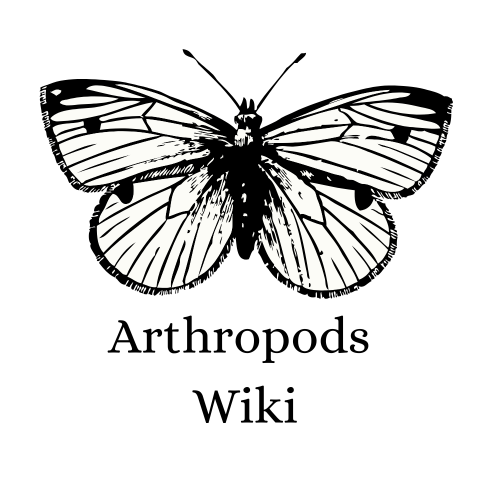|
Scorpionflies
| |
|
Mecoptera
| |
|
Panorpidae
| |
Scorpionflies, or Mecopterans belong to a relatively small order, Mecoptera, which consists of only about 550 species and 9 families. The name of scorpionfly comes from the largest family, Panorpidae, in which the genitalia are noticeable and look like the stinger of a scorpion. The Bittacidae, or hangingfly family have odd mating rituals, in which females choose mates based on the quality of gift prey offered by various males.
Anatomy[]

Scorpionflies are small and elongate, with simple mouthparts, long mandibles, and fleshy palps, which resemble those of the primitive true flies. Like most insects, scorpionflies have two compound eyes and three ocelli on the top. The wings are narrow, and do resemble those of mayflies. A few genera have reduced wings, or have lost them all together.
Life Cycle[]
The female will lay eggs with moisture, and the eggs will absorb this moisture and increase size after deposition. The larvae are caterpillar-like. The larvae will then crawl into soil or decaying wood to pupate, but it doesn't spin a cocoon. The pupae will then transform into a mature scorpionfly.
Evolution[]
Recent DNA evidence indicates that fleas (Siphonoptera) are highly specialized Mecoptera.
Scorpionflies are a key part of insect evolution. Two important orders, Lepidoptera and Diptera may have evolved from scorpionflies.

